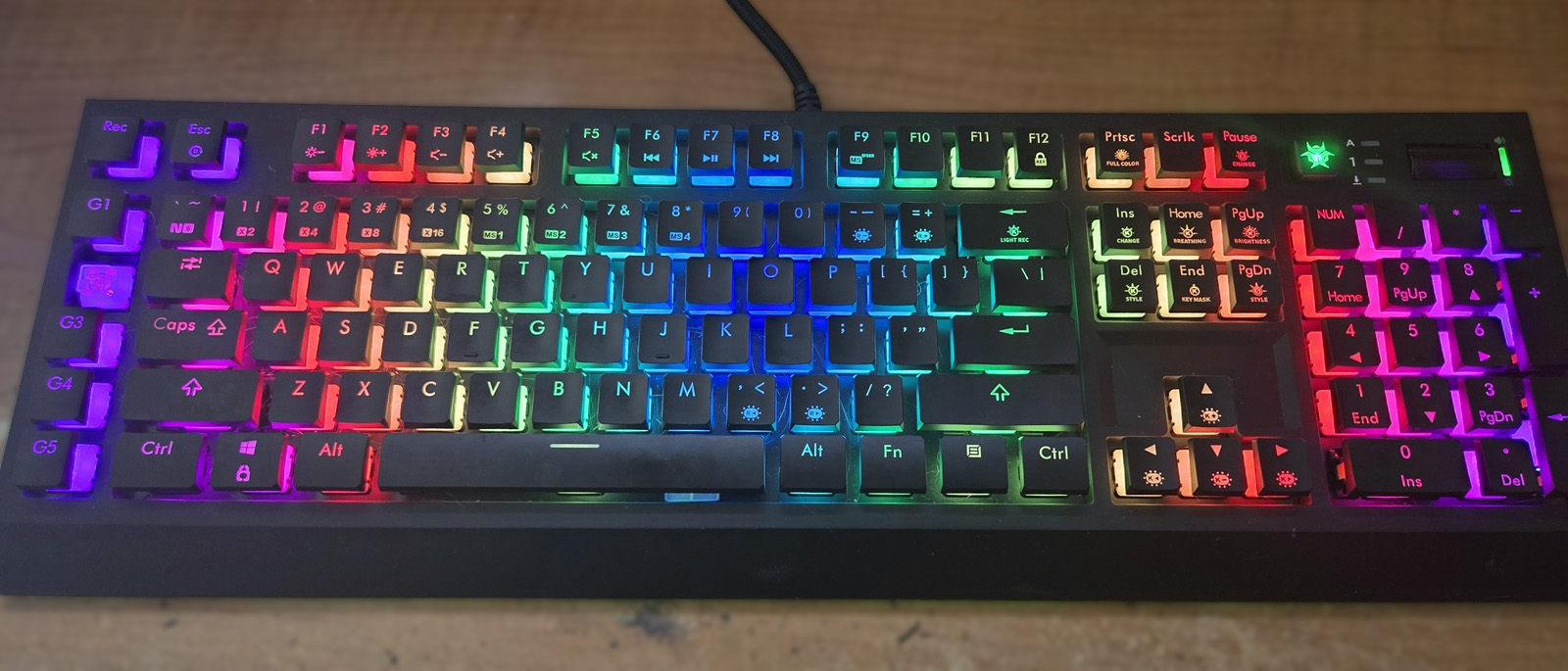Microsoft Surface Studio 2 Plus vs. Studio 2
Microsoft goes with a light refresh for its all-in-one desktop.
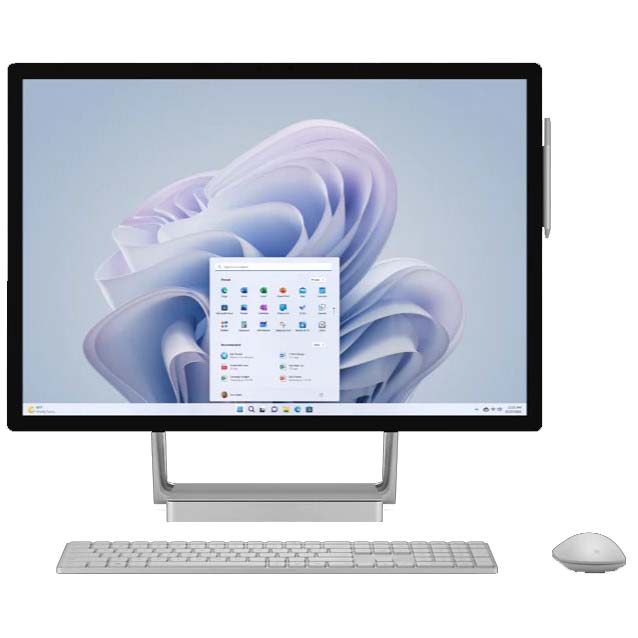
The Surface Studio 2 Plus uses the same design as the Studio 2, albeit with a new port layout, more replaceable components, and some extra display, speaker, and security features. Performance has seen a bump thanks to an 11th Gen Intel Core i7-11370H CPU and a NVIDIA RTX 3060 discrete GPU.
For
- Much better port selection
- Hugely improved CPU and GPU performance
- Far more serviceable parts
- Dolby Vision and Dolby Atmos
- Improved webcam
Against
- No SD card reader
- Extremely expensive
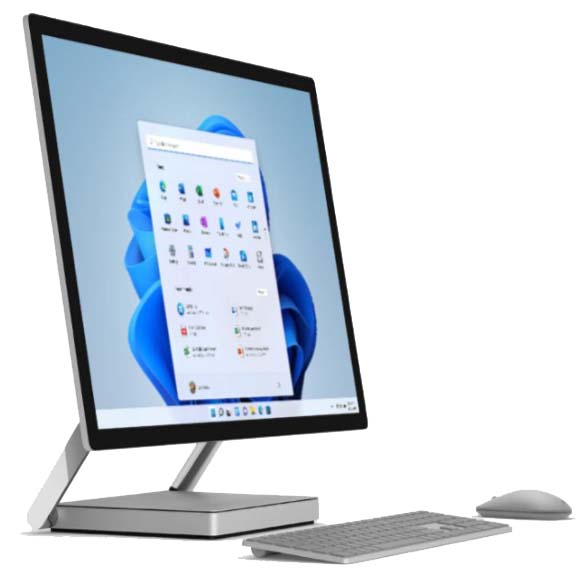
The Surface Studio 2 has become increasingly hard to find lately, as Microsoft has made room for the new Studio 2 Plus. Unless you can find a great deal on remaining stock, we recommend checking out the newer Studio 2 Plus model.
For
- Same great design
- Beautiful display
- Comes with a keyboard, mouse, and pen
Against
- Very hard to find
- Still expensive
- Far less performance
- No serviceable parts
- Out-of-date port selection
The Surface Studio 2 is certainly showing its age these days, and many retailers (including Microsoft) have stopped offering it completely. The newly announced Surface Studio 2 Plus, while looking the same as the Studio 2, represents a significant upgrade in terms of serviceability, performance, ports, security, and extra features.
Here's a look at how the specs measure up between the Surface Studio 2 and Studio 2 Plus.
| Header Cell - Column 0 | Surface Studio 2 Plus | Surface Studio 2 |
|---|---|---|
| OS | Windows 11 Pro | Windows 10 Pro |
| Processor | 11th Gen Intel Core i7-11370H | 7th Gen Intel Core i7-7820HQ |
| RAM | 32GB DDR4 | 16GB, 32GB DDR4 |
| Graphics | NVIDIA RTX 3060 (6GB) | NVIDIA RTX 1060, NVIDIA RTX 1070 |
| Storage | 1TB SSD | 1TB, 2TB SSD |
| Display | 28 inches, touch, 3:2 aspect ratio | 28 inches, touch, 3:2 aspect ratio |
| Row 6 - Cell 0 | 4500x3000 (192 PPI), Dolby Vision | 4500x3000 (192 PPI) |
| Pen | Surface Pen (included) | Surface Pen (included) |
| Keyboard | Surface Keyboard (included) | Surface Keyboard (included) |
| Mouse | Surface Mouse (included) | Surface Mouse (included) |
| Ports | Three Thunderbolt 4, two USB-A 3.1, 3.5mm audio, Gigabit Ethernet | USB-C, four USB-A 3.0, SD card reader, 3.5mm audio, Gigabit Ethernet |
| Audio | Stereo 2.1 speakers, Dolby Atmos | Stereo 2.1 speakers, Dolby Audio |
| Row 12 - Cell 0 | Dual far-field studio microphones | Stereo microphones |
| Wireless | Wi-Fi 6, Bluetooth 5.1 | Wi-Fi 5, Bluetooth 4.1 |
| Camera | Front-facing FHD, IR camera | Front-facing 5MP, IR camera |
| Security | TPM 2.0, Secured-core PC, IR camera | TPM |
The Surface Studio 2 Plus is expected to begin shipping in some markets October 25 with a starting price of about $4,499. There's expected to also be a version that ships without the Surface Pen, Keyboard, and Mouse that costs about $4,299. It should make a run for the best all-in-one PCs when it does launch.
Design and features
Why you can trust Windows Central
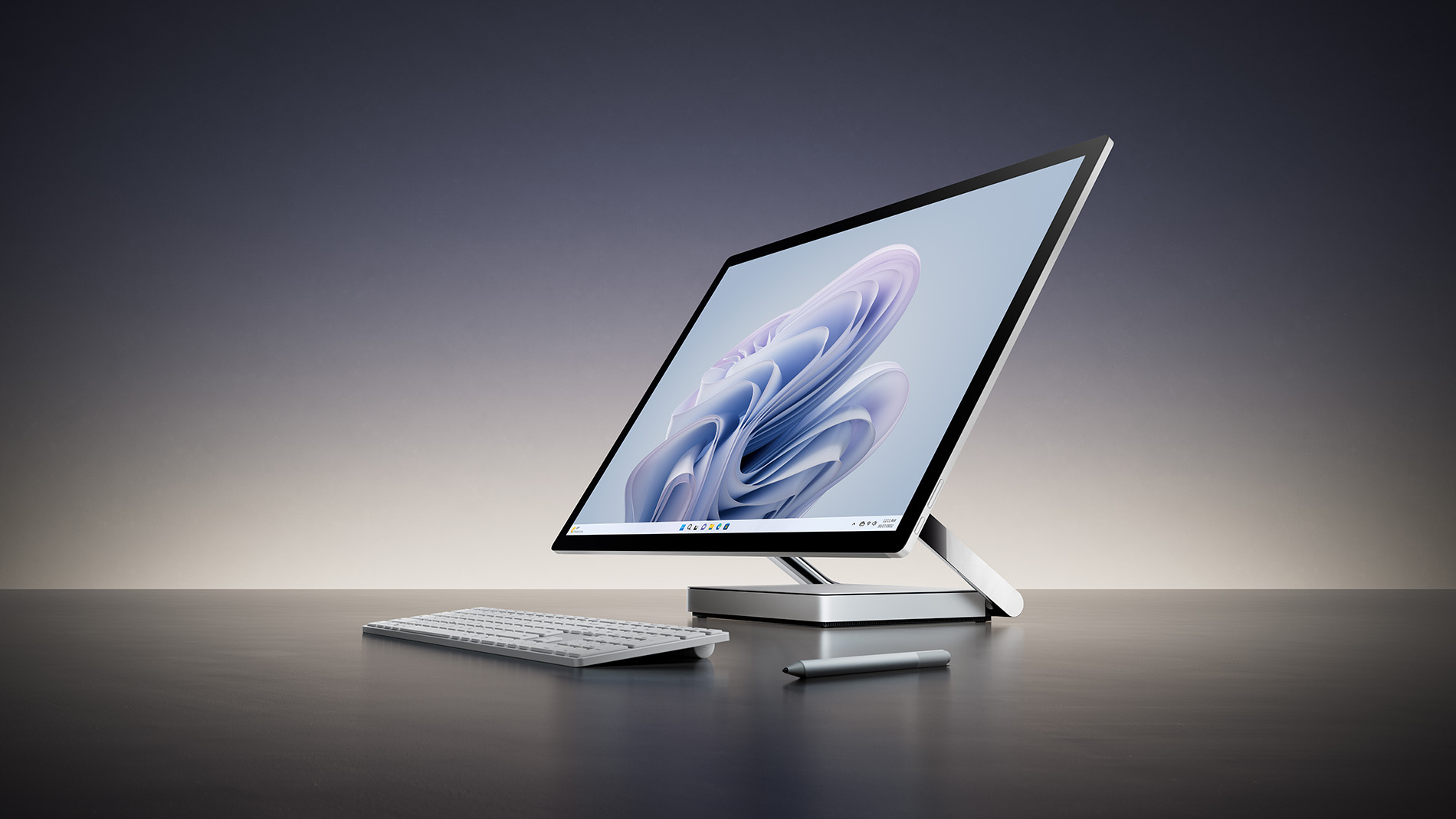
The Surface Studio 2 Plus looks a lot like the Studio 2, measuring the same dimensions and topping the scales at about the same weight. It still has a huge touch display that can fold down almost flat for a more natural inking angle, or it can stand up like a regular all-in-one PC. It's clear that Microsoft focused on changing up the internals, though there are some exterior differences.
The Studio 2 Plus now has a more modern port selection along the back of the base. There are three Thunderbolt 4 ports, two USB-A 3.1, a 3.5mm audio jack, and Gigabit Ethernet. This is a huge upgrade over the single USB-C and USB-A mix on the Studio 2. The only downside is that there's no longer an SD card reader available.
While the Studio 2 had "Dolby Audio" for its stereo 2.1 speakers, the Studio 2 Plus has received Dolby Atmos certification. And while the display is essentially the same between models, Dolby Vision has been added to the Studio 2 Plus. This should make media a lot more enjoyable, especially when you're working with a 28-inch touch display with 4500x3000 resolution.
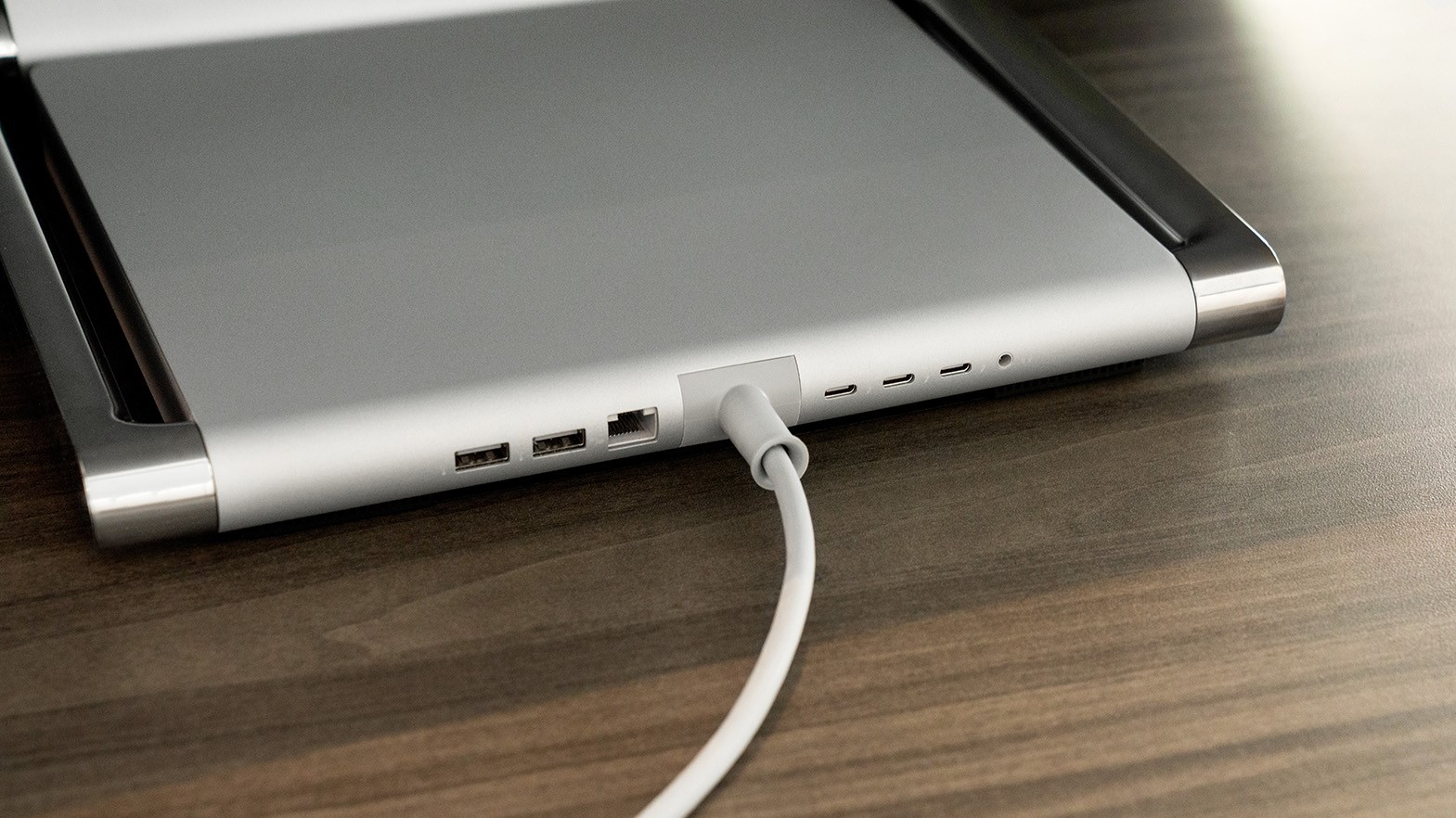
A couple of security measures have been added to the Studio 2 Plus. The Studio 2 has an IR camera and TPM chip; the Studio 2 Plus has the same IR camera and a TPM 2.0 chip, as well as a Windows 11 Secured-core PC designation. The camera in the Studio 2 Plus has been bumped up to FHD for a clearer picture.
If you buy a Studio 2 Plus from the commercial side of Microsoft's Store (anyone can shop there), you'll have access to a number of replaceable components. These are sadly missing from the Studio 2, meaning repairs must be done out of your hands. The list of serviceable parts on the Studio 2 Plus includes:
- Display
- Motherboard
- SSD
- Thermals
- PSU
- Feet
- C-cover
- Hinge cover
And finally, the wireless chip has been bumped up to Wi-Fi 6 and Bluetooth 5.1 in the Studio 2 Plus. The Studio 2 is still stuck on Wi-Fi 5 and Bluetooth 4.1.
Performance
The biggest difference between the Surface Studio 2 Plus and Studio 2 is no doubt the performance capabilities. Whereas the Studio 2 is equipped with a 7th Gen Intel Core i7-7820HQ CPU, the Studio 2 Plus has jumped ahead four generations to an 11th Gen Intel Core i7-11370H CPU. Microsoft claims performance should jump by 50% on the CPU side alone compared to the Studio 2.
The graphics card has also seen a huge upgrade, moving from a NVIDIA GTX 1060 or GTX 1070 in the Studio 2 to a NVIDIA RTX 3060 in the Studio 2 Plus. This makes it much better cut out for specialized work and even some gaming. RAM is still DDR4 (though it's unclear what speed) and there's still an SSD (unclear what PCIe version), available with a 1TB capacity in the Studio 2 Plus.

The Surface Studio 2 Plus represents a huge upgrade in performance, serviceability, ports, and additional premium features (like Dolby Atmos and Dolby Vision). It'll cost you, but it's the right all-in-one to buy as the Studio 2 continues aging.

The Surface Studio 2 is hard to find these days, and its performance hardware is certainly showing its age. If you can wait for (and afford) the new Surface Studio 2 Plus, spend your money there instead.
Get the Windows Central Newsletter
All the latest news, reviews, and guides for Windows and Xbox diehards.

Cale Hunt brings to Windows Central more than eight years of experience writing about laptops, PCs, accessories, games, and beyond. If it runs Windows or in some way complements the hardware, there’s a good chance he knows about it, has written about it, or is already busy testing it.
